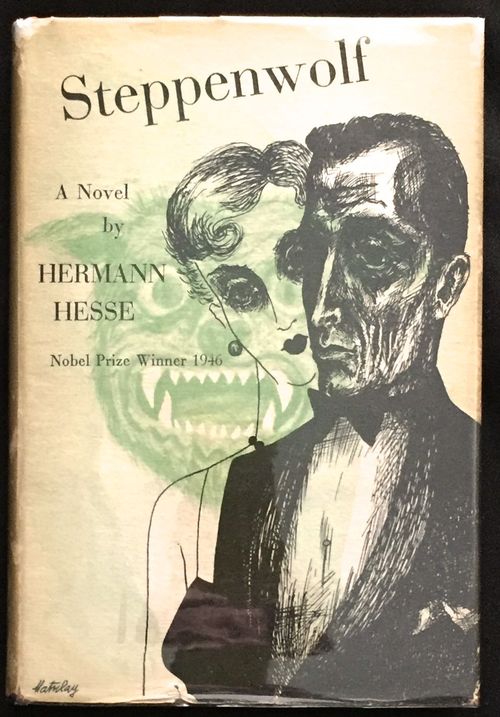Steppenwolf
Hermann Hesse
—
With its generous helpings of sex and drugs, its darkly romantic urban isolation and savage attacks on bourgeois life, it’s no surprise that Hermann Hesse’s 10th novel received mixed reviews when first published in 1927 or that it became a countercultural classic in the 1960s.
Like Siddhartha, Hesse’s other best-known book, Steppenwolf is about one man’s spiritual journey towards self-knowledge. Nearl 90 years on, its message to readers retains a religious intensity: we must explore ourselves and keep doing so. If we don’t, then our lives become living deaths.
The novel’s protagonist, 47-year-old Harry Haller, is living an extremely death-like existence. Once a public intellectual, he has retreated in disgust from modern European culture. Having lost his job, family and home, he lives in wolfish isolation, brooding by day and haunting taverns by night. Two souls war inside him: ‘the beast’, yearning for savagery and isolation, and ‘the man’ seeking culture, society and love. Harry longs to kill himself, yet clings stubbornly to his ‘evil days of inward emptiness and despair’. ~ The Guardian
Check for it on:
Details
| Genre | Fiction |
| Copyright Date | 1927 |
| Publication Date | 1929 |
| Publisher | Henry Holt & Co |
| Format | Hardcover |
| Notes | Look for multiple publishers, editions, translations. |
| Language | English |
| Rating | NotRated |
| Original Title | Der Steppenwolf |
| Original Language | |
| Translator | Basil Creighton |
| BookID | 12388 |

